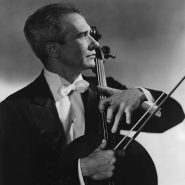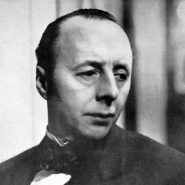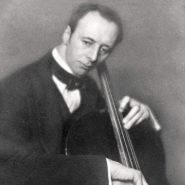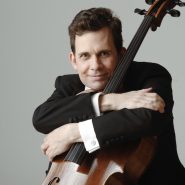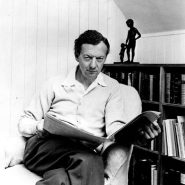Tag: premiere
4:36
By Tim Janof August 5, 2019
By Brinton Smith June 13, 2018
Subjects Repertoire
By Tully Potter February 5, 2018
Subjects Historical, Repertoire
Tags cello concerto, composers, criticism, Elgar, Felix Salmond, premiere
By Tully Potter February 5, 2018
Subjects Historical, Repertoire
Tags cello concerto, composers, Elgar, Felix Salmond, premiere
By Brinton Smith April 12, 2017
By Aron Zelkowicz December 8, 2013
Subjects Interviews, Repertoire
Tags Aron, Britten, Britten Cello Suites, Britten Cello Symphony, cello, cellobello, chant, conducting, improvisation, interview, Introduzione, Isserlis, manuscript, multiple versions, performance, premiere, recording, Rostropovich, Russian Orthodox Liturgy, Shostakovich, Sonata, Steven, Tavener, third suite, Zelkowicz

